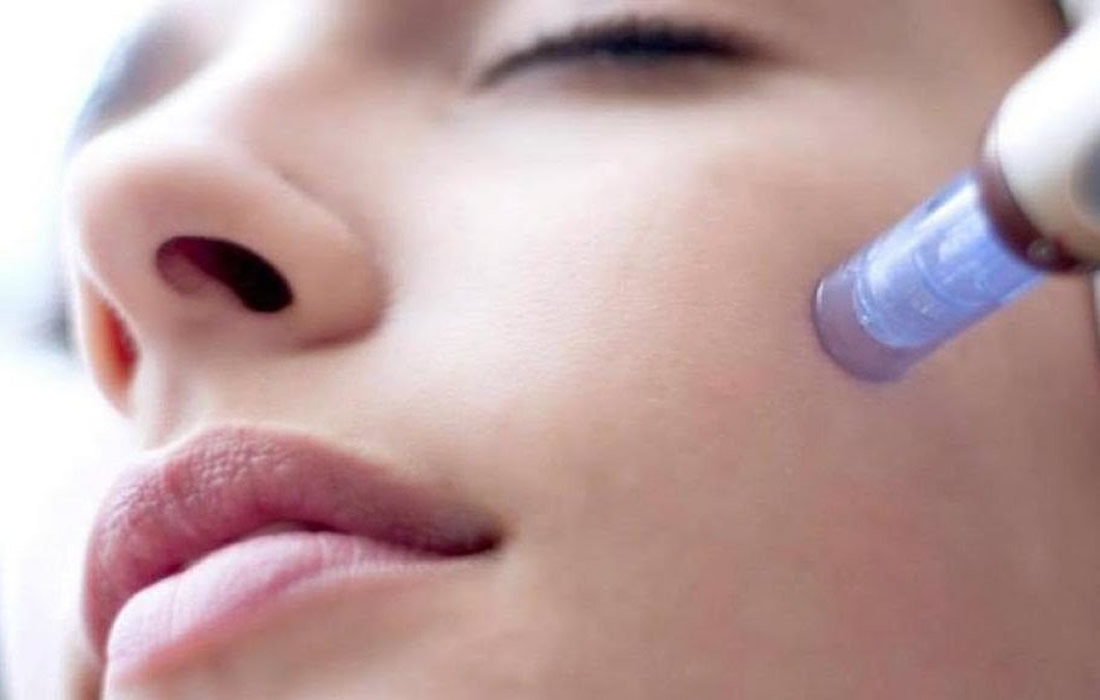Platelet-Rich Plasma
Microneedling Therapy With Platelet-Rich Plasma
Microneedling therapy, also known as collagen induction or percutaneous collagen induction, is an increasingly popular treatment modality for skin rejuvenation. This approach employs tiny needles to puncture the skin and stimulate local collagen production minimally invasive. Clinicians have incorporated the use of platelet-rich plasma (PRP) to augment cosmetic outcomes.
Microneedling devices have expanded in recent years and include needles ranging in length from 0.25 mm to 3.0 mm. Treatment with micro-needling promotes skin rejuvenation by creating small puncture wounds in the epidermis and dermis. This injury triggers the wound healing cascade and alters the modulation of growth factors to promote regenerative effects.
Following micro-needling therapy, increases occur in elastic fiber formation, collagen deposition, and dermal thickness. The treatment preserves the overall integrity of the epidermal layers and basement membrane, allowing the epidermis to heal without abnormality.
Microneedling has demonstrated several uses beyond general skin rejuvenation. In patients with atrophic acne scars, therapy can improve scar appearance, skin texture, and patient satisfaction. Hypertrophic and hypopigmented burn scars on the body, face, arms, and legs have shown to be receptive to repeated treatments. Micro-needling promises to effectively treat androgenic alopecia by increasing hair regrowth in patients who previously showed poor response to conventional therapy with minoxidil and finasteride.
Platelet-rich plasma is obtained by enriching blood with an autologous concentration of platelets. An attractive component of PRP is its high concentration of growth factors, including platelet-derived growth factor, transforming growth factor, vascular endothelial growth factor, and epithelial growth factor.
Because of the regenerative effects of these proteins, PRP has been investigated as a modality to augment wound healing in a variety of clinical areas, such as maxillofacial surgery, orthopedics, cardiovascular surgery, and treatment of soft tissue ulcers.
Several studies have compared the effects of micro-needling with and without the application of PRP. Asif et al. performed a split-face comparison study of 50 patients with atrophic acne scars. On the right side, micro-needling was performed followed by intradermal injections and topical application of PRP. On the left side, micro-needling was performed, followed by intradermal injection of distilled water. The study included three treatment sessions with 1 month between each. Scars on the right side improved by 62.2%, and scars on the left side improved by 45.8%. Before treatment, both sides demonstrated similar severity scores. Still, final severity scores were significantly reduced in the micro-needling plus PRP group relative to the micro-needling plus distilled water group.
Microneedling therapy continues to evolve with a range of applications now emerging in dermatology. As PRP has gained popularity, there has been increased interest in its utilization to amplify the regenerative effects of micro-needling.
Although the number of direct comparisons examining micro-needling with and without PRP is limited, the available evidence indicates that the addition of PRP may improve cosmetic outcomes.
These results have been demonstrated primarily in managing acne scars, but favorable effects may extend to other indications.
Source:
Hashim PW, Levy Z, Cohen JL, Goldenberg G. Microneedling therapy with and without platelet-rich plasma. Cutis. 2017 Apr;99(4):239-242. PMID: 28492598.

